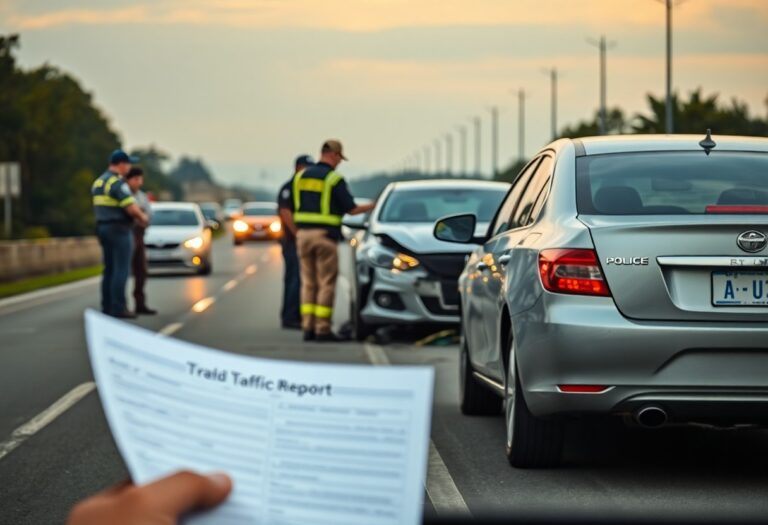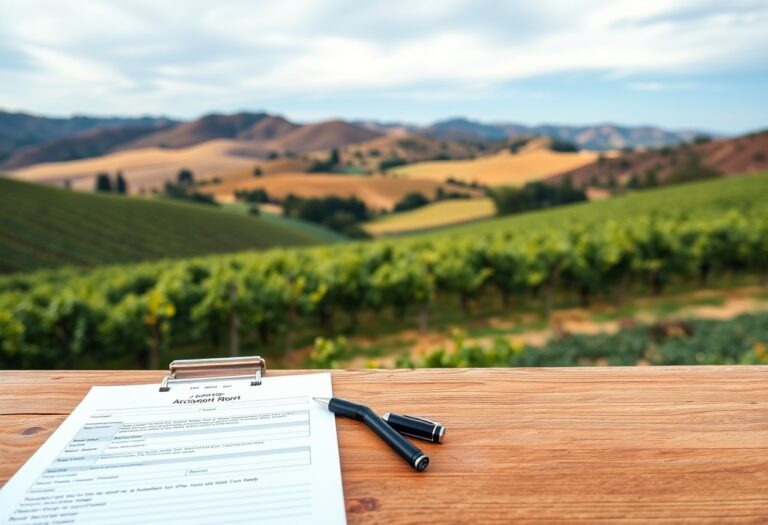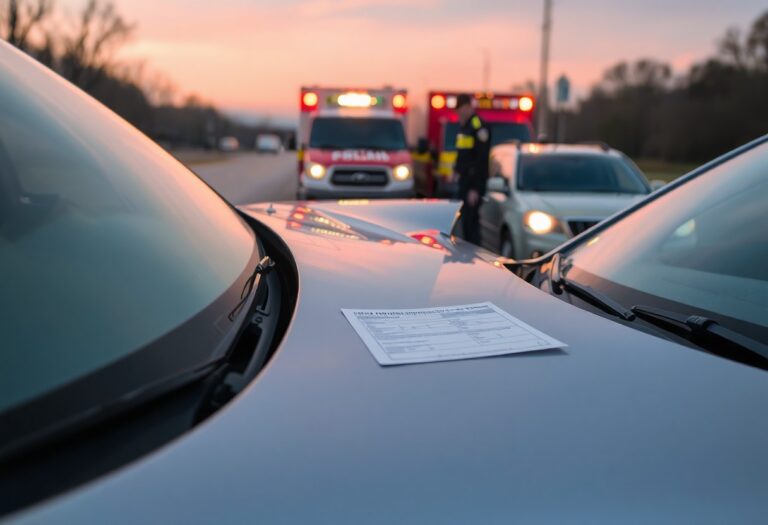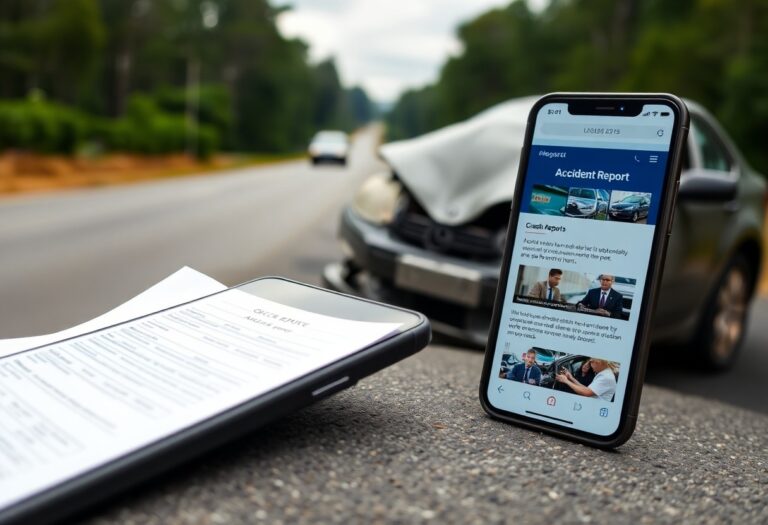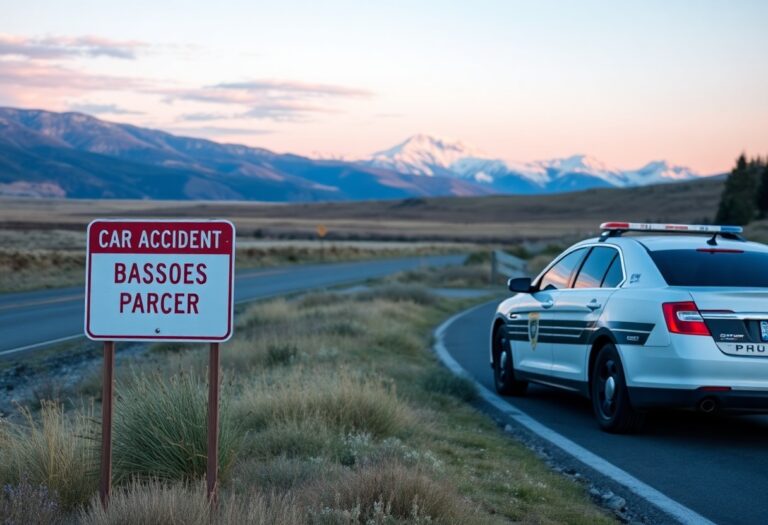Over the course of your life, you might find yourself involved in an accident, and knowing how to obtain your crash report can be crucial for insurance and legal matters. This guide provides you with step-by-step instructions to successfully navigate the process in Pennington County, Minnesota. You will learn what information you need, various options available to you, and how to avoid common pitfalls that can delay your access to vital documentation.
The Legal Landscape of Crash Reports in Pennington County
Understanding the legal landscape of crash reports is vital for obtaining these documents in Pennington County. Minnesota law outlines specific regulations regarding the creation, dissemination, and accessibility of crash reports, ensuring that both the public’s right to information and the privacy of individuals involved in accidents are respected. Navigating this legal framework allows you to effectively acquire the information you need while staying compliant with state regulations.
What Defines a Crash Report?
A crash report is an official document generated by law enforcement following a vehicle accident. It includes vital information such as the involved parties’ details, vehicle descriptions, the nature of the collision, and any citations issued. These reports serve as critical records for insurance claims, legal proceedings, and assessing liability.
Legal Rights and Restrictions Surrounding Access
Access to crash reports in Pennington County is governed by Minnesota’s Data Practices Act, which provides you with the legal right to request these records. However, certain restrictions apply; you may encounter limitations regarding personal information such as names and addresses being redacted due to privacy concerns. Moreover, crash reports related to ongoing investigations might be temporarily withheld from public access.
Specifically, Minnesota law provides you the right to request a crash report unless it falls under an exempt category. For instance, if the report pertains to an active criminal investigation, law enforcement may decline your request to protect the investigation’s integrity. It’s advisable to be aware of this when making your request. If denied, you can seek clarification from the police department or consider filing a formal appeal to access the report once that investigation concludes.
Where to Begin: Locating the Right Authorities
Initiating the process of obtaining your crash report starts with pinpointing the right authorities. You’re likely to deal with multiple agencies, such as local police departments, county sheriffs, and state highway patrol, depending on where the incident occurred. Each agency may have different procedures and timelines for releasing reports, so it’s important to know which entity handled your case. Start by verifying the agency to ensure you’re on the right track.
Identifying the Official Reporting Agency
To identify the official reporting agency, review any documentation you have regarding the crash, such as incident numbers or ticket citations. Typically, your report will be filed with the police department or sheriff’s office in the jurisdiction where the accident took place. In cases involving state highways or interstates, the Minnesota State Patrol may also be involved. Refer to their websites for specific contact information.
Navigating Local and State Resources
Local and state resources can significantly aid your search for a crash report. Each police department or sheriff’s office usually maintains a public records section that allows you to request documents, often through an online form or in-person visit. The Minnesota Department of Public Safety website also provides online tools and resources for obtaining crash reports across the state. You’ll find helpful links, downloadable forms, and details about associated fees to streamline the process.
Additionally, connecting with your insurance company can be beneficial. Insurers may have their own protocols for obtaining copies of accident reports, sometimes even faster than through official channels. This dual approach not only speeds up access to your report but also ensures you have all necessary documentation for any claims related to your accident.
Understanding the Request Process: Step-by-Step Guidance
| Step | Description |
|---|---|
| 1 | Compile necessary documentation including your driver’s license and accident details. |
| 2 | Submit a formal request through the designated agency, ensuring accuracy in details. |
| 3 | Pay the required fee, which may vary based on the agency. |
| 4 | Receive your report via mail or digital download as specified in your request. |
Required Information for a Successful Request
Your request for the crash report will be more effective if you include specific details. Essential information includes your full name, contact information, the date and location of the accident, and the report number, if available. Including details such as the names of involved parties or the responding officer can further assist in expediting your request.
Common Mistakes to Avoid During Submission
Submitting your request accurately enhances the likelihood of receiving your report on time. Avoid common pitfalls, such as neglecting to double-check for errors in your contact information or accident details, which could lead to delays. Pay attention to the format of required documents; some agencies may insist on specific submission protocols. Ensuring everything is in order will save you time and frustration.
Many submitters overlook fine details that can complicate the process. For instance, omitting a required document can halt your request in its tracks, forcing you to redo everything. Additionally, submitting without a clear understanding of the supporting fees could result in delays if payment is insufficient. Always verify your information at least twice before hitting send to ensure you provide complete and accurate data.
Fees and Timeframes: What to Expect
Being aware of the fees and timeframes involved in acquiring your crash report can help you plan your next steps effectively. Fees can vary depending on the agency processing your request, and understanding the typical wait time will allow you to manage your expectations. Depending on your situation, it’s beneficial to have this information on hand so you can promptly address any necessary actions.
Unraveling Potential Costs Associated with Reports
Fees for obtaining your crash report can differ based on the agency involved and the method of request. Generally, you might expect to pay around $10 to $20 for an official crash report through the Minnesota Department of Public Safety. Keep in mind that there could be additional charges for expedited services or physical copies mailed to your address.
Typical Timeframes for Receiving Your Crash Report
Receiving your crash report typically takes anywhere from a few days to several weeks. If you’re submitting your request online, you might access your report more quickly than through traditional mail or in-person requests.
The time you’ll wait for your crash report largely depends on the method of request and the backlog at the agency you’re dealing with. Online requests may result in immediate access, while mail requests could introduce delays of up to three weeks. Additionally, if your report is under review due to pending investigations, you may experience longer wait times until the document is officially released. For the most accurate estimate, checking with local law enforcement or the agency managing your report directly is advisable.
Troubleshooting: What to Do if Your Request is Denied
A denial of your crash report request can be frustrating, but you still have options to pursue the information you need. First, carefully review the denial notice for specific reasons provided. In many cases, a denial is related to incomplete documentation, missing a signature, or failure to supply a valid reason for the request. Address these issues promptly to increase your chances of success.
Reasons for Denial and How to Address Them
Common reasons for denial include submitting an incomplete application, failing to prove your identity, or requesting a report that is exempt from public disclosure. Ensure your request includes all required documentation, such as a photo ID, and clarify your connection to the incident to mitigate these issues. Double-check formatting guidelines and any request-specific instructions that may apply.
Appeal Processes and Additional Resources
If your request is denied, appealing the decision is possible through the appropriate governmental channels. Gather supporting evidence and submit a formal appeal in writing, detailing why you believe the denial was unwarranted. You may also reach out to organizations like the Minnesota Department of Public Safety for guidance or to locate your local law enforcement’s records department, which can provide clarification on denials.
For the appeal process, ensure you maintain a record of all communications regarding your denial. Provide any additional context that could support your case, such as witness statements or legal documentation demonstrating your interest in the report. Additionally, checking online resources or contacting legal aid services may help you navigate the appeal. Each jurisdiction can have unique stipulations, so consulting with legal professionals familiar with Pennington County’s procedures is advisable.
Final Words
Conclusively, obtaining your crash report in Pennington County, Minnesota, can be straightforward if you follow the outlined steps. Start by determining the appropriate agency to contact, gather necessary details about the incident, and submit your request via the state’s online portal or through the local law enforcement agency. By staying organized and informed, you can ensure that you receive your report efficiently, keeping you prepared for any legal or insurance matters that may arise following your accident. Your understanding of this process enhances your ability to address the situation effectively.







